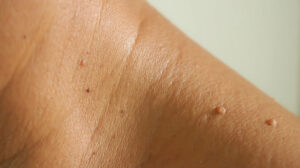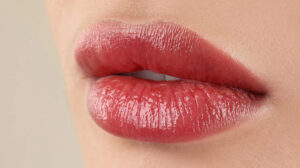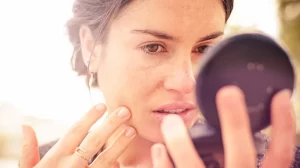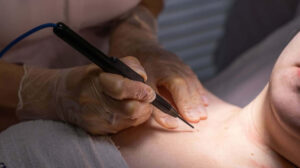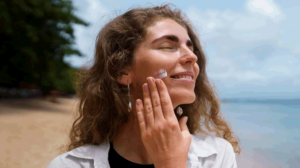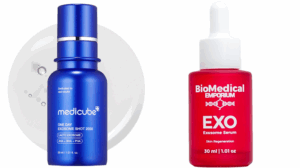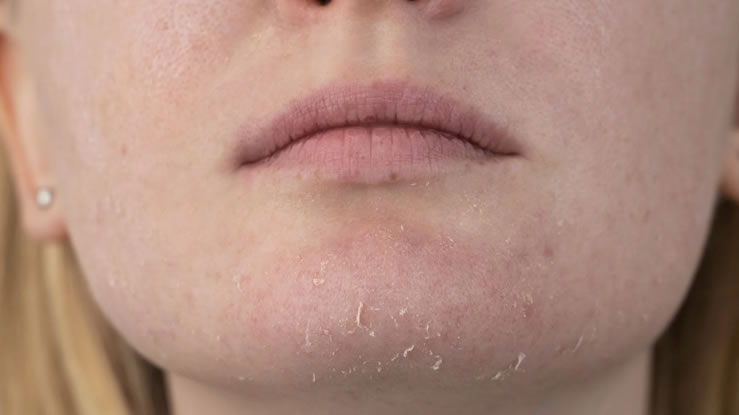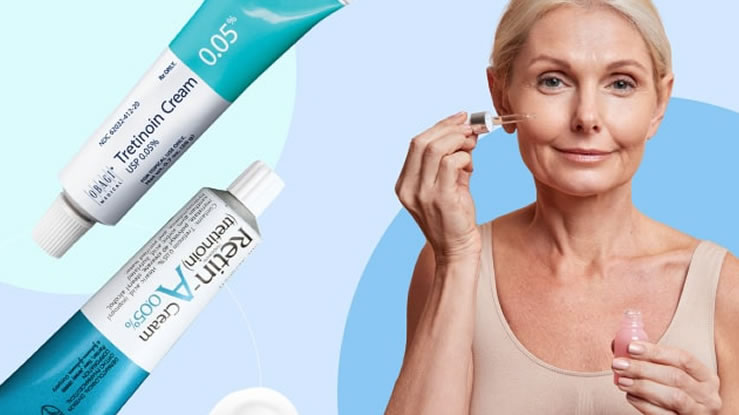Scars are a natural part of the skin’s healing process. When the skin is injured through surgery, acne, burns, or cuts, it produces extra collagen to repair itself. Sometimes this process leads to raised or discolored scars, which can be a source of discomfort or self-consciousness. Over the years, many treatments have been developed to reduce the appearance of scars. Among the most widely used are silicone scar sheets. These sheets are flexible, skin-like coverings that are applied directly over scars to improve their appearance.
The key question many people ask is whether silicone scar sheets actually work. To answer this, we need to look at how they work, the science behind them, clinical evidence, and the experiences of people who have used them.
What Are Silicone Scar Sheets?
Silicone scar sheets are thin, soft, self-adhesive strips made from medical-grade silicone. They are applied to the skin and worn for several hours a day. These sheets are often reusable and can last for weeks when properly cared for. Their main purpose is to reduce the appearance of scars by flattening, softening, and fading them over time.
They are available in different shapes and sizes to match various scar types. For example, circular ones may be used for acne scars, while longer strips are suited for surgical scars.
Read Also>>>How long do you leave silicone scar sheets on?
How Silicone Scar Sheets Work
The effectiveness of silicone scar sheets lies in their ability to create an ideal healing environment for the skin. They work through several mechanisms:
-
Moisture Balance – Silicone sheets keep the scar hydrated. Dry scars are more likely to thicken and become raised, while a moist environment helps regulate collagen production.
-
Pressure Application – The gentle pressure of the sheet helps flatten raised scars such as keloids or hypertrophic scars.
-
Barrier Protection – The sheets act as a protective barrier against bacteria, friction, and external irritants that could worsen scar formation.
-
Temperature Regulation – Silicone maintains an even skin temperature, which is important for stabilizing collagen production.
-
Collagen Control – Excess collagen is what causes scars to become raised and thick. Silicone helps regulate collagen levels, leading to a smoother scar surface.
Types of Scars Silicone Sheets Can Treat
Silicone scar sheets are most commonly used for the following scar types:
-
Hypertrophic scars – Raised, red scars that form within the boundaries of the injury.
-
Keloid scars – Overgrown scars that extend beyond the wound site.
-
Post-surgical scars – Common after operations such as C-sections, cosmetic procedures, or orthopedic surgery.
-
Burn scars – These can be thick and difficult to treat, but silicone sheets can help soften them.
-
Acne scars – While deep pitted acne scars may not respond as well, raised acne scars may show improvement.
Scientific Evidence Supporting Silicone Scar Sheets
The question of whether silicone scar sheets work has been studied in multiple clinical trials and dermatological reviews.
-
Clinical Studies – Research has shown that silicone sheets can significantly improve scar appearance. They reduce redness, flatten scars, and make them more flexible.
-
Medical Recommendations – Many dermatologists and plastic surgeons recommend silicone sheets as a first-line treatment for new scars.
-
FDA Approval – Silicone sheeting is recognized by the US Food and Drug Administration as a safe treatment for scar management.
For example, one review published in the journal Aesthetic Plastic Surgery concluded that silicone scar sheets consistently improved the texture, color, and thickness of scars.
Benefits of Silicone Scar Sheets
People who use silicone scar sheets often report several benefits:
-
Noticeable fading of scars over time
-
Softer and smoother skin texture
-
Reduction in itchiness and discomfort associated with scars
-
Non-invasive and painless compared to surgical options
-
Safe for long-term use with minimal side effects
Limitations and Risks of Silicone Scar Sheets
While silicone scar sheets are effective for many people, they are not a guaranteed cure for all scars. Their limitations include:
-
Time commitment – They need to be worn for 12 to 24 hours daily for several weeks or months.
-
Effectiveness varies – They work best on new scars and may have limited effect on very old scars.
-
Not for open wounds – They can only be applied after the skin has healed.
-
Mild skin irritation – Some people may experience redness, sweating, or itching under the sheets.
How to Use Silicone Scar Sheets Correctly
To get the best results, proper application is important:
-
Clean and dry the scar area.
-
Cut the silicone sheet to fit the size of the scar.
-
Apply the sheet directly over the scar, sticky side down.
-
Wear for at least 12 hours a day. Some sheets are safe for 24-hour wear.
-
Remove daily to wash both the scar and the sheet with mild soap and water.
-
Continue use for 8 to 12 weeks, or longer for older scars.
Comparing Silicone Sheets with Other Scar Treatments
There are many scar treatment options available, but silicone scar sheets remain popular.
-
Creams and gels – Easier to apply, but may not provide the same pressure or hydration as sheets.
-
Laser therapy – Effective for some scars but more costly and invasive.
-
Steroid injections – Can flatten keloids, but may have side effects.
-
Surgery – Sometimes necessary for very large scars, but surgery can create new scars.
Silicone sheets are often recommended as a first step because they are safe, affordable, and non-invasive.
Who Should Use Silicone Scar Sheets?
Silicone scar sheets may be a good choice if you:
-
Recently had surgery and want to minimize scarring
-
Have hypertrophic or keloid scars
-
Experience discomfort from raised scars
-
Prefer a non-invasive treatment option
They may not be as effective for deep acne scars, stretch marks, or scars older than two years.
Cost and Accessibility
Silicone scar sheets are widely available at pharmacies, online stores, and through dermatology clinics. Prices vary depending on the brand and size, but most range from $20 to $50 for a pack that lasts several weeks. While they may seem expensive, their reusability makes them cost-effective compared to creams or gels that run out quickly.
Real-Life Experiences
Many people have shared positive results from using silicone scar sheets. For example, surgical patients often notice that their scars become lighter and flatter within 8 to 12 weeks. Burn patients have also reported that silicone sheets reduced itching and improved flexibility of scar tissue.
Still, some users do not see dramatic results, especially if the scar is very old or severe. Consistency and patience are key.
How Long Before Results Show?
Most people begin to see improvement within 4 to 8 weeks of consistent use. Maximum results are often seen after 3 to 6 months. The earlier treatment begins after the wound heals, the better the outcome.
Safety of Silicone Scar Sheets
Silicone scar sheets are considered very safe. They are non-toxic, hypoallergenic, and can be used on children and adults. Pregnant women recovering from C-sections often use them without issues. If irritation occurs, it is usually mild and temporary.
Expert Opinions
Dermatologists and plastic surgeons frequently recommend silicone scar sheets as one of the most reliable at-home scar management tools. They highlight that while results vary, silicone remains one of the most evidence-backed non-invasive scar treatments available.
So, do silicone scar sheets actually work? The answer is yes, for many people they do. They have strong scientific backing, medical endorsement, and widespread success stories. While they may not completely erase every scar, they can significantly improve scar appearance, texture, and comfort when used consistently.
For anyone recovering from surgery or dealing with raised scars, silicone scar sheets are a practical and safe option worth trying before moving to more invasive treatments.

